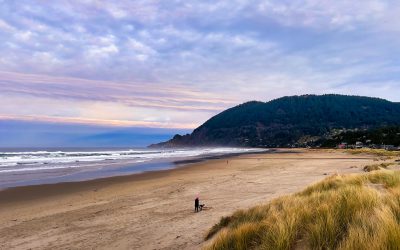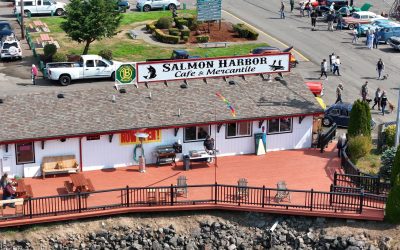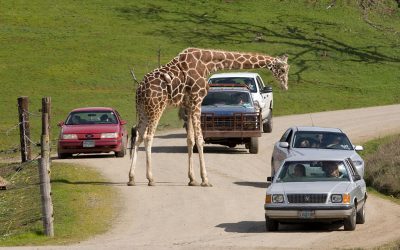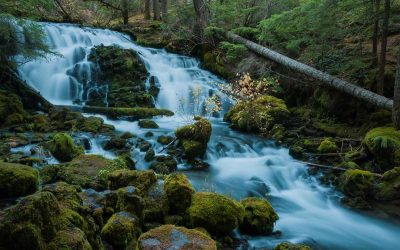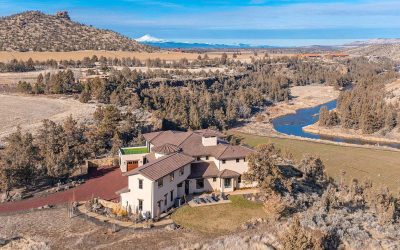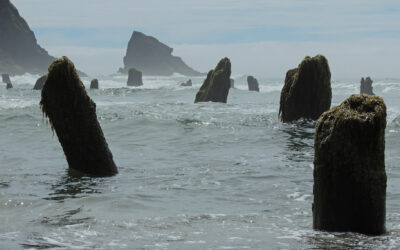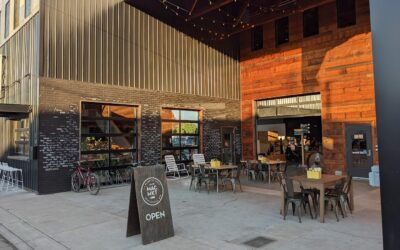One of the most fascinating places in the whole world is right here in Oregon, and it's known as Crater Lake National Park. Crater Lake is known as one of the seven wonders of Oregon. Probably the most talked about tourist attraction in Oregon, 500,000 people come yearly to see this magnificent body of water which stretches 183,224 acres in southern Oregon. The origins of Crater Lake date back millions of years. Here are some Crater Lake facts you may not be familiar with.
Fun Crater Lake Facts You May Not Know
1. A man in Kansas led to Crater Lake Being Designated as a National Park
William Gladstone Steel is widely acknowledged as the "Father of Crater Lake," having first learned about the majestic lake as a child in 1870. At the time, he was residing in Kansas, and an article in a local newspaper sparked his imagination and fueled his desire to one day visit the extraordinary site.
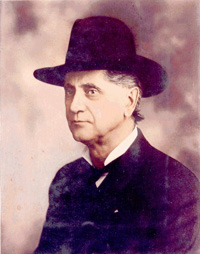
In 1885, Steel's dream materialized when he finally had the opportunity to set foot in the awe-inspiring landscape of Crater Lake. Moved by its unparalleled beauty, he made it his mission to ensure that the lake would receive the recognition and protection it deserved. His relentless efforts and dedication eventually paid off, and on May 22, 1902, Crater Lake was officially designated as a national park.
Thanks to William Gladstone Steel's unwavering commitment, Crater Lake continues to be a cherished natural wonder, attracting countless visitors and preserving its pristine environment for future generations to enjoy.
2. Crater Lake Weather is Known to be Somewhat Extreme
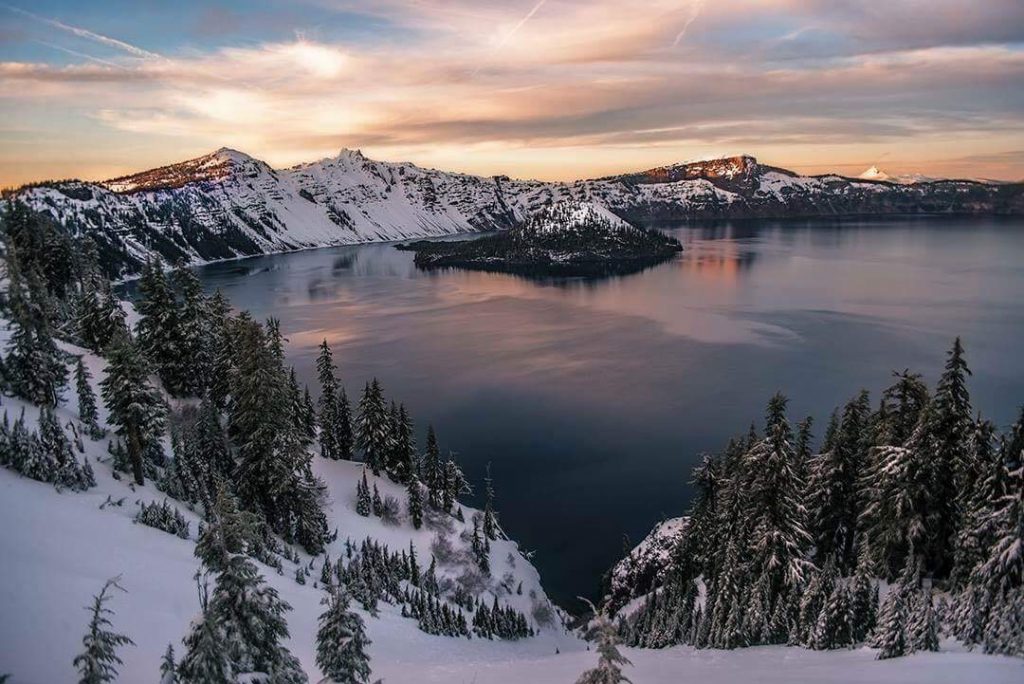
From October through June, the park is covered in snow, and is known to stick until around July. Crater Lake averages about 66 inches and the amount of snow is just as impressive. Crater Lake has an average annual snowfall of 44 feet, and during the winter can reach about 18 degrees Fahrenheit, with summer temperatures soaring to 90 degrees Fahrenheit.
While it came close to a total freeze in 1985, the last time Crater Lake National Park was completely frozen was in 1949.
3. Crater Lake was Formed by a Volcano
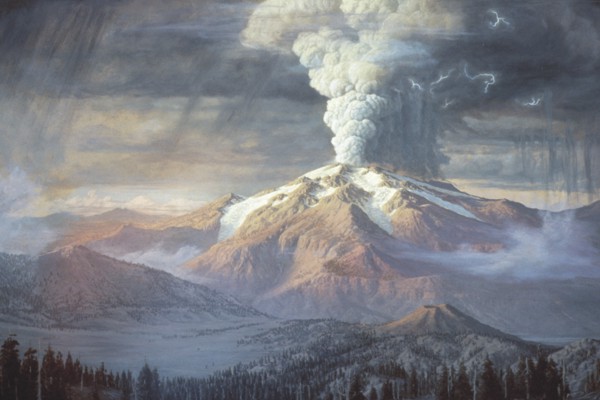
The history of how this park began is absolutely incredible. Crater Lake sits in the caldera of the collapsed volcano Mount Mazama and is surrounded by incredible old-growth forests, evergreens, and of course volcano remnants. Mount Mazama formed half a million years ago and erupted around 7,700 years ago.
4. The Mysterious Old Man Of The Lake
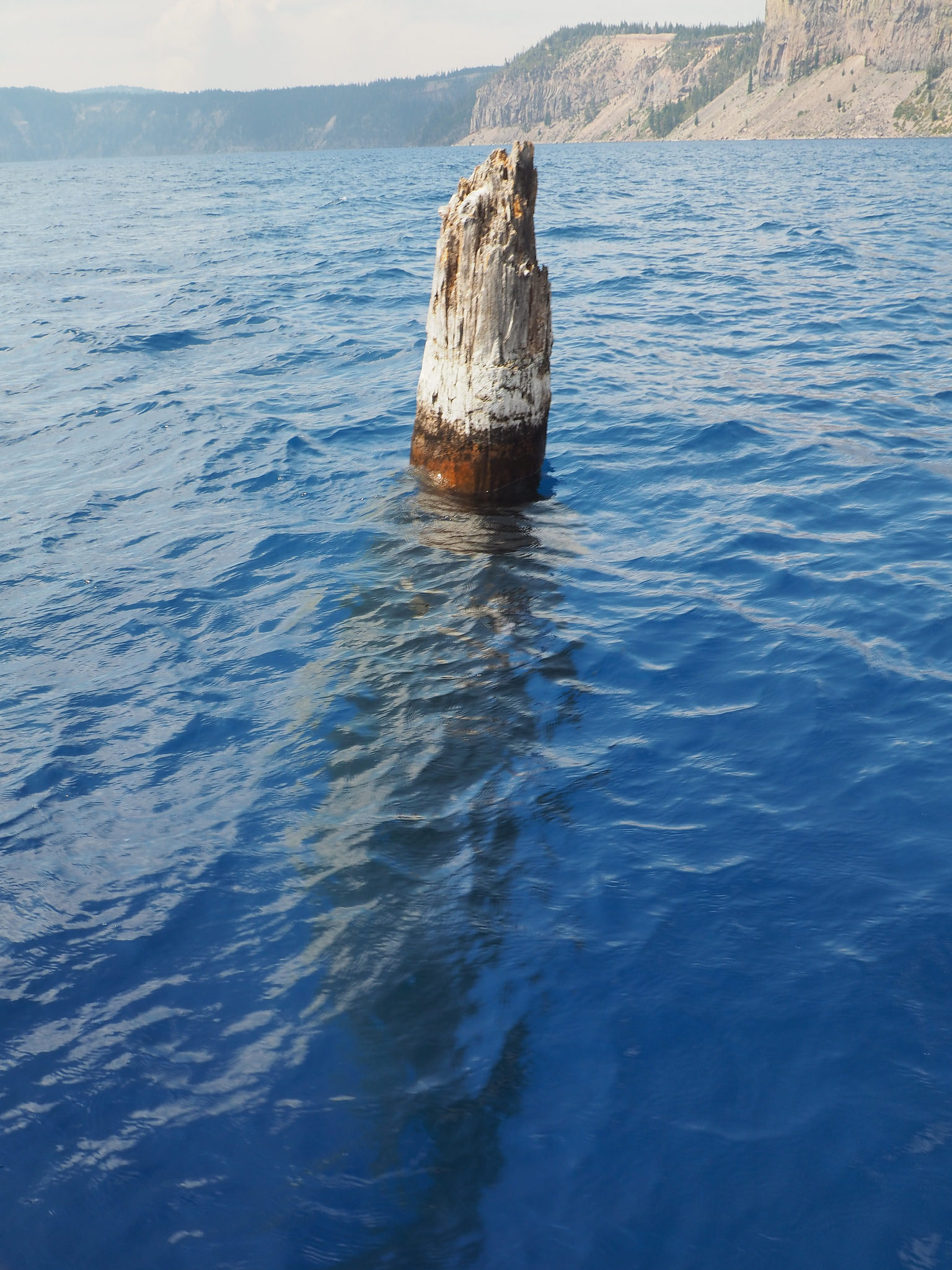
For reasons unknown, this full-sized tree trump floating vertically in Crater Lake has been here for 120 years. It's known as The Old Man Of The Lake, an ancient hemlock tree that first appeared in 1902. This was the same year Crater Lake was named a national park. This story is probably the park's most famous phenomenon.
A geologist by the name of Joseph S. Diller first mentioned seeing the amazing stump six years earlier new Wizard Island at Crater Lake's west end, when reporting on the cataclysmic events which shaped the area. In 1929, William Gladstone Steel mentioned seeing “the great tree, broken squarely off and floating upright.”
READ MORE: Oregon’s ‘Old Man of the Lake’ Mystery Evokes Curiosity
5. Crater Lake is a Surprisingly Dangerous Place
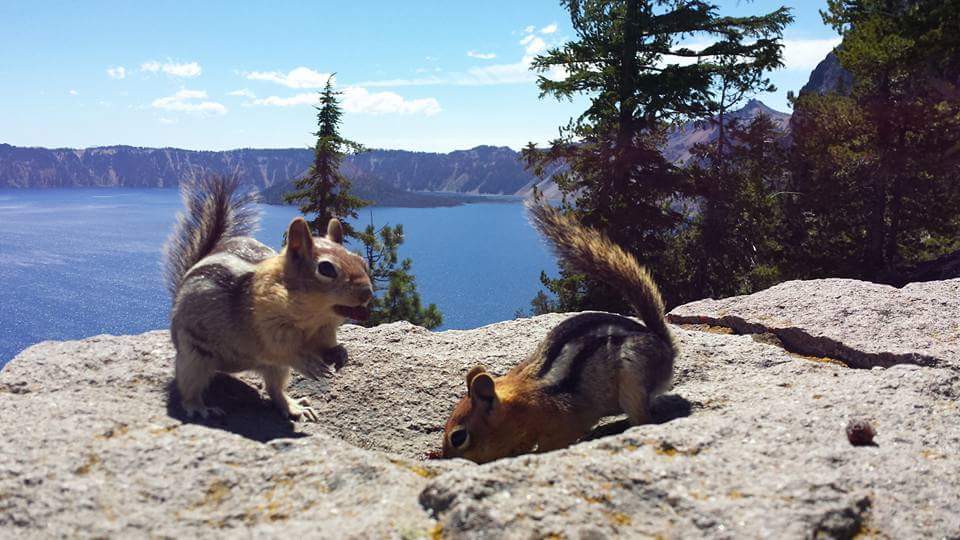
The only national park in Oregon is home to a number of mysterious deaths, with only bones left behind to help us understand what caused their death. One mysterious death goes all the way back to the summer of 1974, 19-year-old Charles McCullar photographer left his home state of Virginia and set out to visit Crater Lake National Park. He left Eugene, Oregon, where he was staying for a few weeks, and left on a short excursion, hitchhiking to Crater Lake for some winter photos.
He had planned to return home to his friend's house two days later and never returned. You can read more about the mysterious deaths at Crater Lake here.
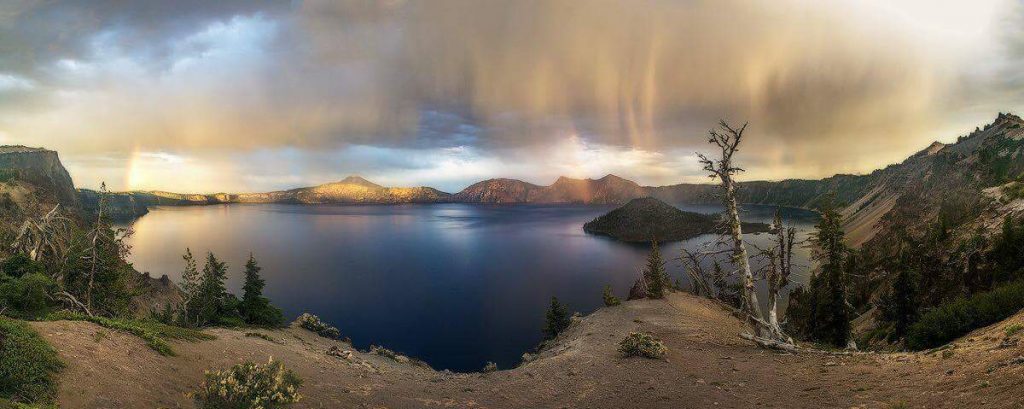
6. Crater Lake is the Deepest Lake in the United States
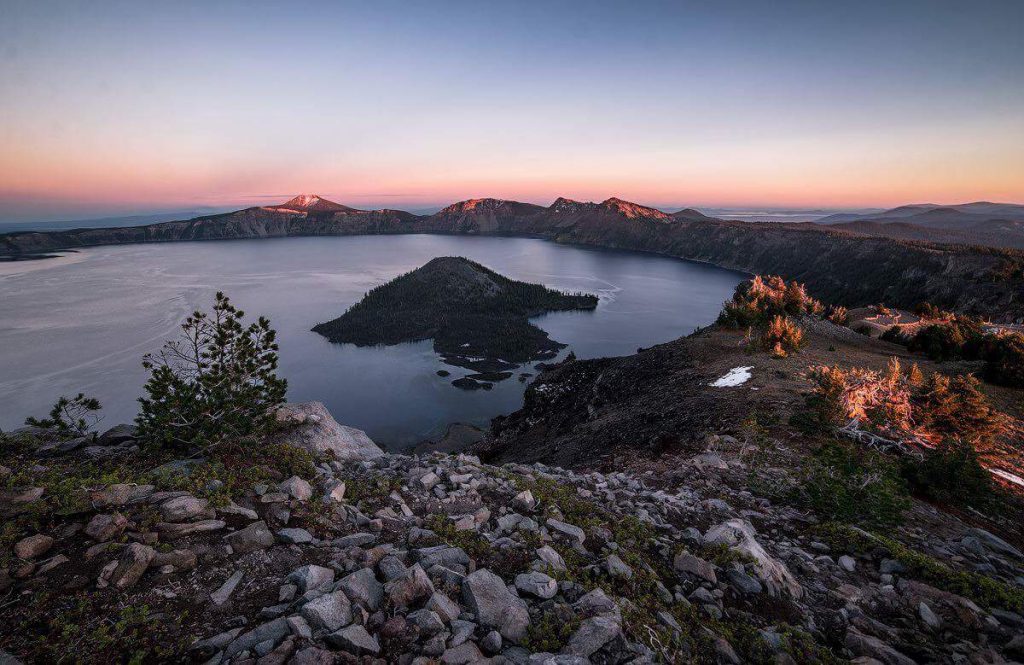
Not only is Crater Lake the deepest lake in the US, but it also ranks as the seventh deepest lake in the world. From the first US Geological Survey in 1886, it was determined that the actual depth of Crater Lake bottoms out at a maximum depth of 1,943 feet on the caldera floor with an average depth of about 1,500 ft. The height of the caldera itself is 6,500 ft. above sea level at Park Headquarters, and 7,100 at Rim Village.
RELATED: Crater Lake Camping – Where To Stay When Visiting Crater Lake
7. Crater Lake is Incredibly Clear
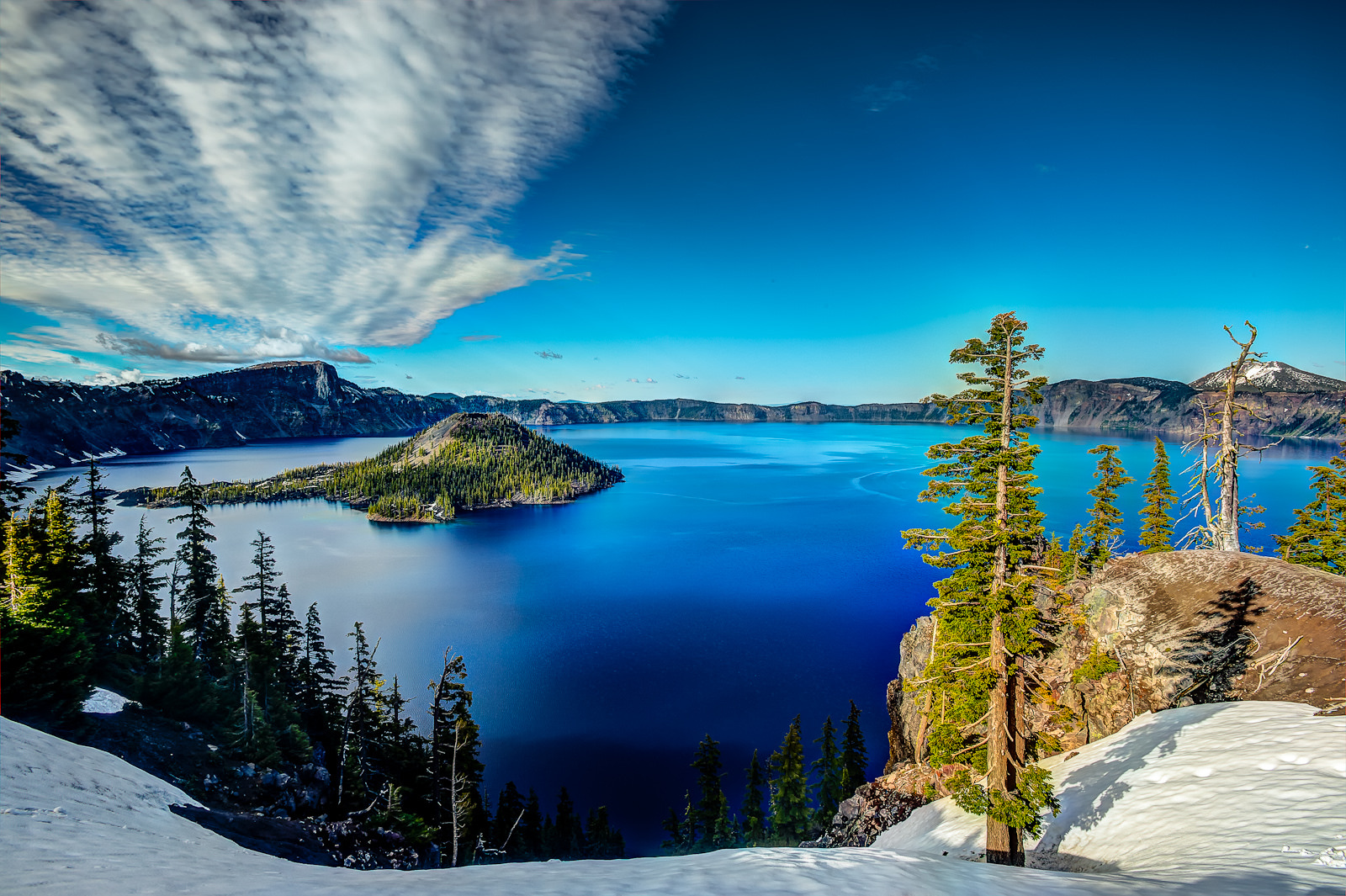
Crater Lake's water is so clear in fact, you can see over 100 feet down. The awesome pristine blue and clear water makes this place popular for boat tours and is an incredible sight when visiting. You may even be able to spot the elusive Mazama Newt. These rare creatures are a subspecies of the Rough Skinned Newt, and this is the only place in the world to find one.
Not only the water, but the night skies are epically clear as well. The National Park Service Dark Sky team lists Crater Lake among their top ten darkest spots. This means that with no light pollution and a high elevation, thousands of stars are visible here, including the Milky Way galaxy.
8. In the Middle of Crater Lake is a Beautiful Ship-Shaped Island
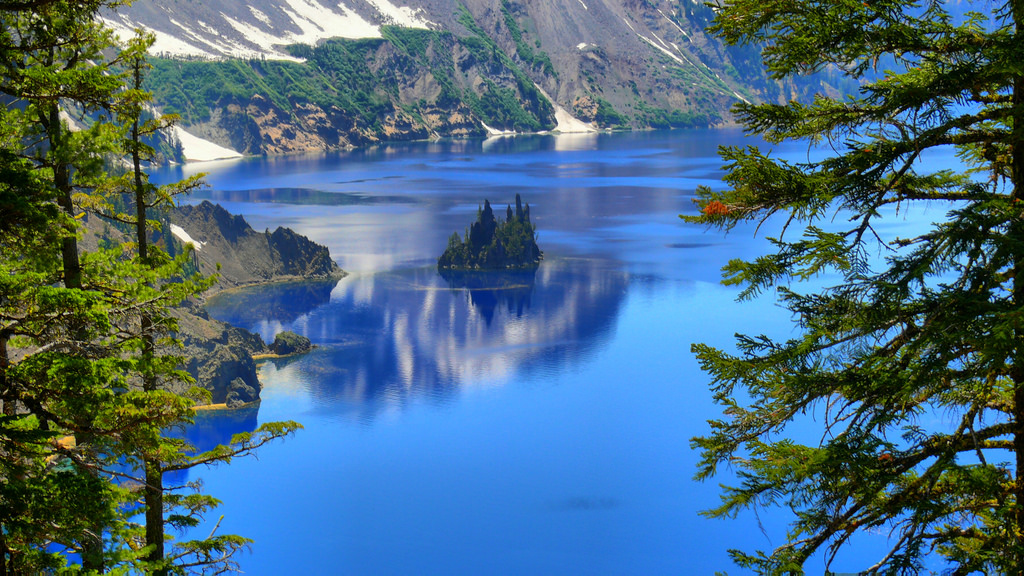
The island is an ancient rock formation appearing to resemble a large, abandoned sea vessel that towers around 170 feet above the water. This phenomenal island is known as the Phantom Ship and is a remaining section of the filled conduit of a fissure from which probably poured many of the lower layers of lava constituting Dutton Cliff.
To get a stunning view of this island that looks similar to a small sailboat, visitors can either drive to Phantom Ship Overlook, Watchman Overlook, or hike to Sun Notch.
9. Crater Lake National Park Offers Camping and Hiking Nearby
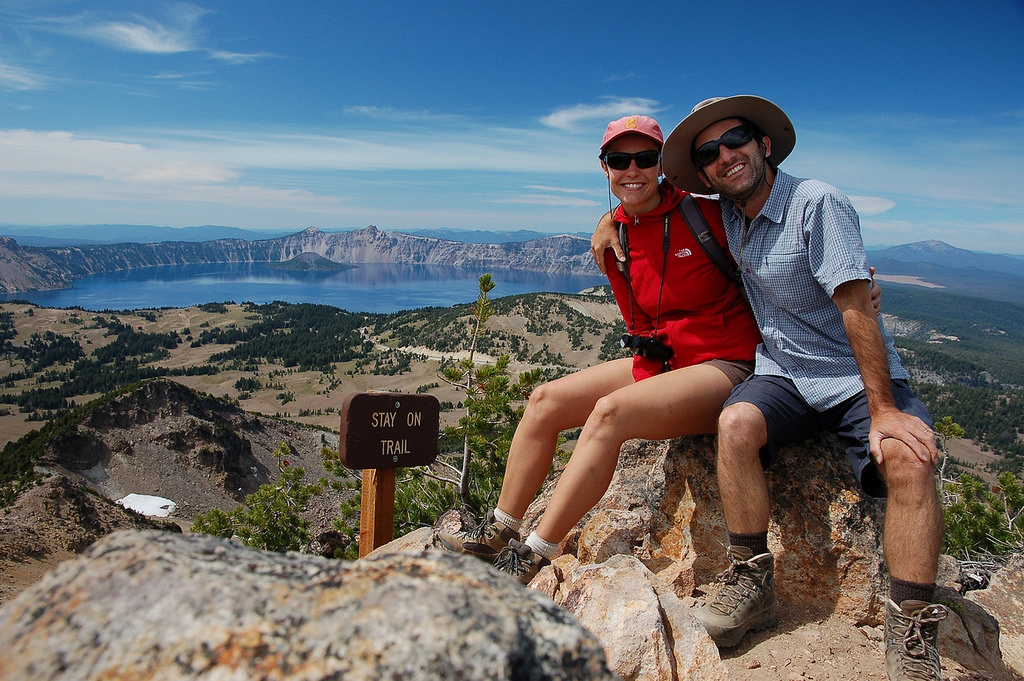
Not only can you camp at Crater Lake, as this state park offers over 200 sites at Mazama Village, but you can also hike here. Unlike other national parks, Crater Lake has a few hiking trails, 5 ranging in distance from half a mile to 5 miles. Most visitors plan a trip to Crater Lake National Park from July to mid-September when the weather is mildest in the summer months.
10. Swimming is Permitted at Crater Lake National Park, but Only in One Place

While you can swim in the magnificent lake, there’s only one spot where it’s considered safe(and legal) to get down to the lakeshore. It’s the Cleetwood Cove Trail and usually opens mid to late June. The trail is a little over a mile long and drops nearly 700 feet down to the lakeshore. Visitors are welcome to swim in the lake from the shoreline at the end of this trail.
11. Bald Eagles Can Often be Seen at Crater Lake National Park
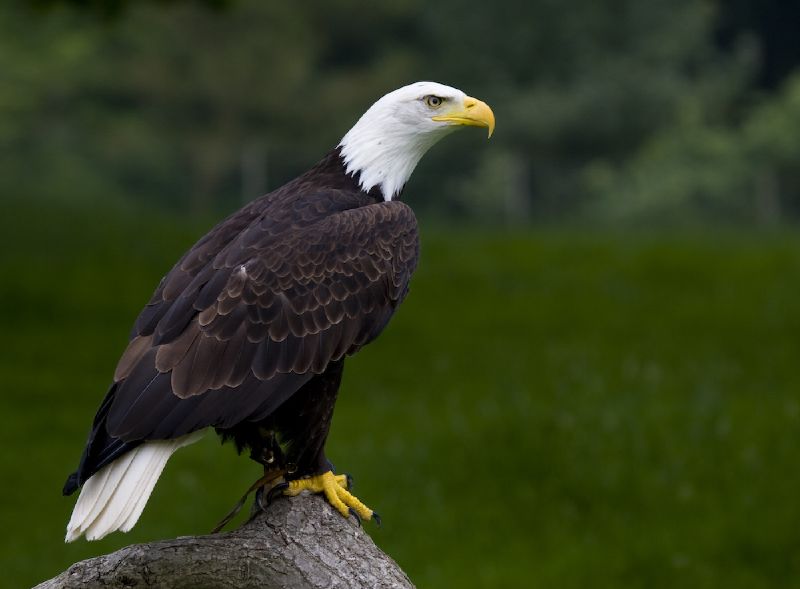
You can see Bald Eagles at Crater Lake fairly often in the summer, especially from boats. While Golden Eagles are a rare sight, they usually make an appearance a couple of times a year. The most common birds seen in the park are Raven, Clark's Nutcracker, Gray Jay, Steller's Jay, Dark-Eyed Junco, and Mountain Chickadee.
12. You Can See a Pumice Castle at Crater Lake
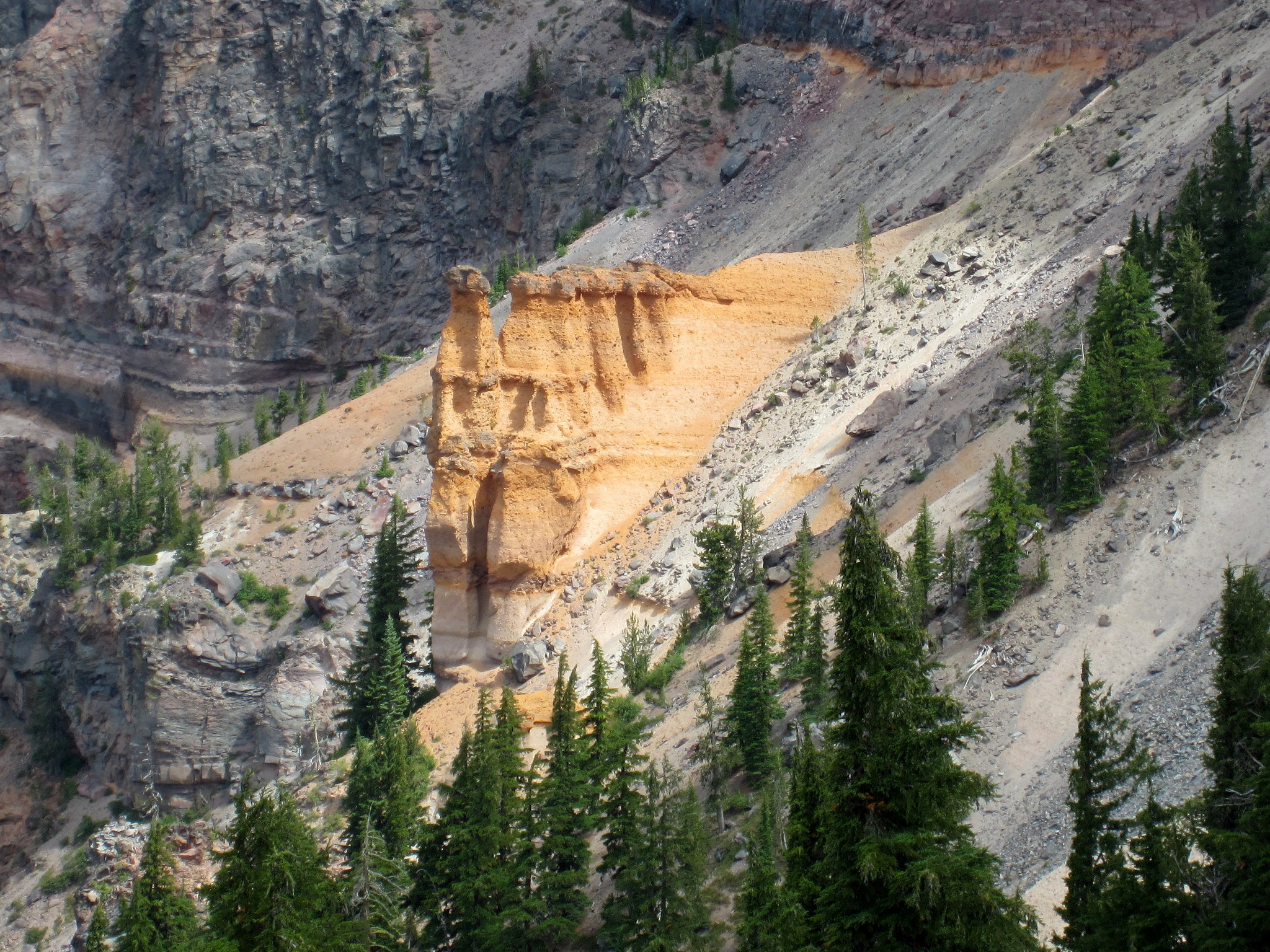
The park even has a bright, rust-colored castle-like outcropping on the eastern wall of the caldera. Pumice Castle Overlook offers the best views of this interesting place.
13. There Are No Streams Flowing In or Out of Crater Lake
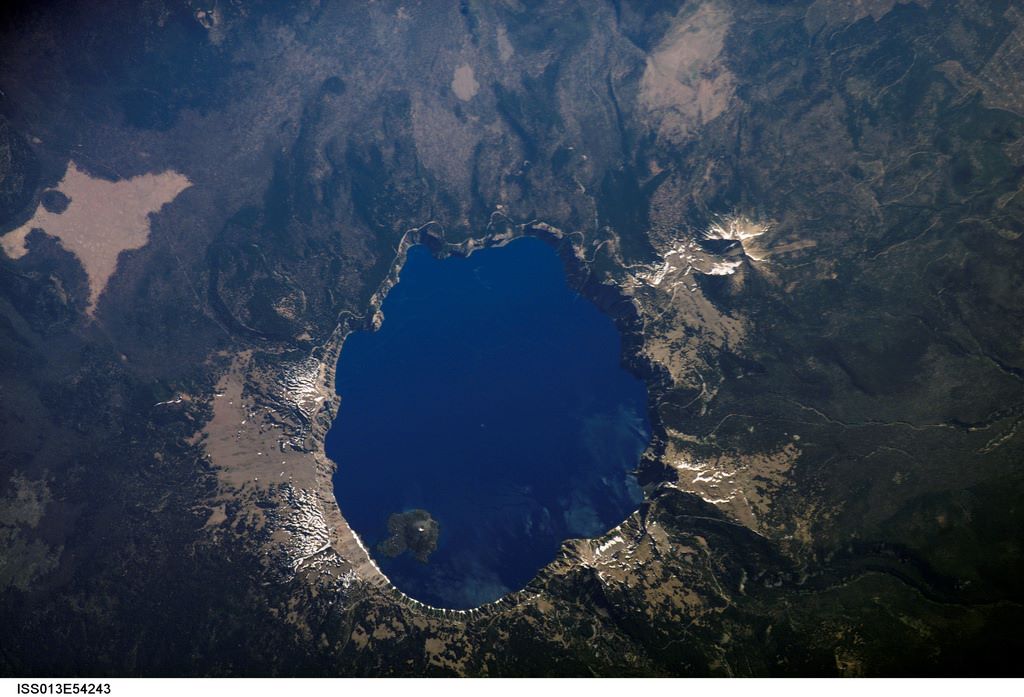
Crater Lake has no outlets leading into it; all of the water in the lake comes from rain and snowmelt, which explains why the water’s clarity and why it is so incredibly blue. A natural balance of precipitation and evaporation rates keep the water at a steady level.
14. Needle-Like Rock Formations Were Revealed After Years of Erosion.
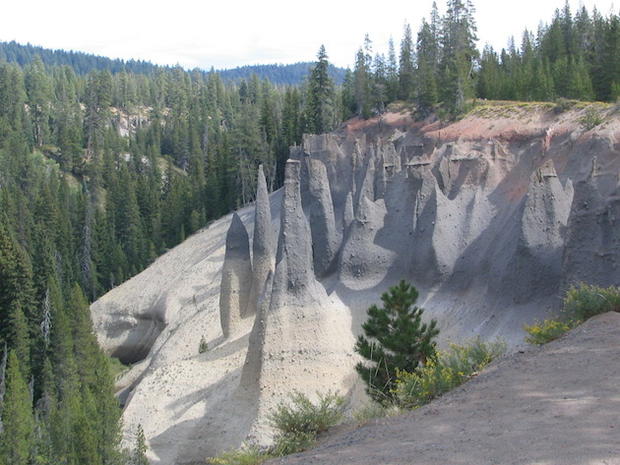
Rising above the Sand Creek Canyon you'll find tall skinny rocks which once acted as vents for steam and gas, which swirled below the canyon's surface. The rising heat solidified the ash into the towering pumice rocks that stand at over 50 feet.
15. Wizard Island Was Named for Its Resemblance to a Sorcerer's Hat
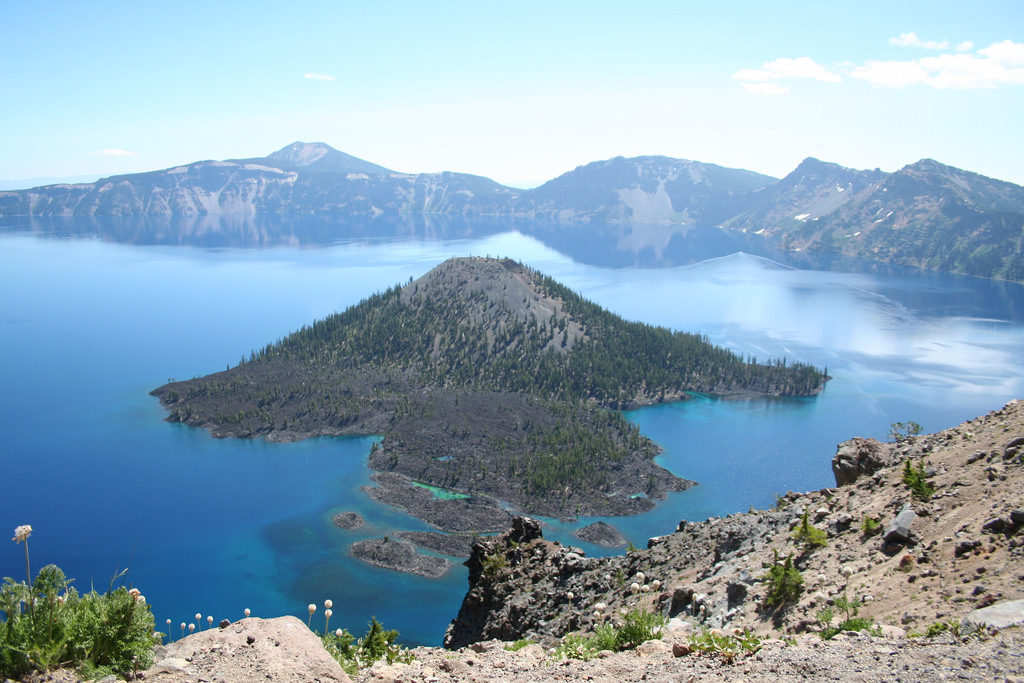
Wizard Island in Crater Lake National Park is not just a scenic spot, but also a geological wonder. This volcanic island is actually the summit of a cinder cone volcano, and you can witness its unique structure up close on a boat tour. You'll find that what looks like a small island is actually 16 stories high and contains the oldest exposed rock in the caldera: 400,000 years old.
The island is home to towering trees that have stood for around 800 years, adding to the island's allure. While there are no mystical powers to be found on Wizard Island, fishing is permitted in the cove and on the island itself as part of the boat tour. As neither the Rainbow Trout nor the Kokanee Salmon found in the lake are native, no fishing license is required, and there are no restrictions on your catch. This makes it an ideal location for anglers looking for a bountiful catch.
16. Crater Lake Has an Awesome Historic Lodge
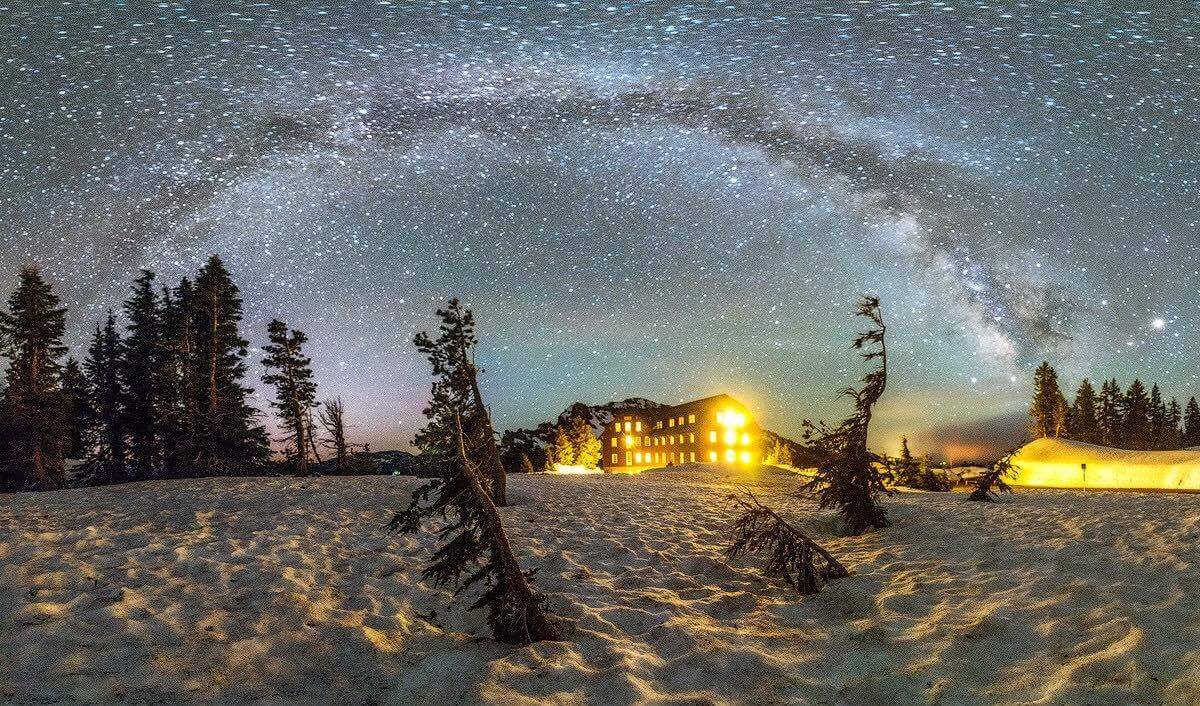
Looking to stay overnight? The Crater Lake Lodge originally opened in 1915 and had extensive renovations done in 1995. The lodge is reminiscent of the 1920s and immerses visitors in its rustic charm. Each room provides the ideal hotel standards of comfort and privacy in the heart of Crater Lake National Park. The lodge is open seasonally from late May to mid-October.
Must-See Locations and Drives on a Trip to Crater Lake National Park
- Discovery Point offers visitors the opportunity to step back in time and imagine themselves in the shoes of John Wesley Hillman, the first pioneer to lay eyes on Crater Lake.
- Take the West Rim Drive for panoramic views of lake majesty. Peer down the caldera's walls that were created 7,700 years ago.
- Try the East Rim Drive to Vidae Falls. The full loop of rim drive spectacle is open from July to October.
- For those who prefer to stay indoors during the winter season, the Steel Visitor Center is a great option, as is the observation room at Rim Village, which offers partial views of the lake.
- Although some areas of the park may close during winter due to weather, visitors can still enjoy a variety of snow-related activities, including cross-country skiing, sledding, snowshoeing with a park ranger, and snowmobiling.
- Take your bike and enjoy the ride along the scenic roadway.
- Check out Cloudcap Overlook at the terminus of the highest paved road in Oregon.
- Take in the views from Sinnott Overlook. On a clear day, you can spot Mt. Theilsen, Llao Rock, the Phantom Ship, and the steep hills of Wizard Island.
- Dine at Crater Lake's Rim Village Cafe after experiencing the Rim Village Visitor Center. You'll be 7,100 ft. above sea level.
- Take a day trip to Klamath Falls.
Are you ready to explore Crater Lake National Park? What's your favorite spot for panoramic views here? Have you ever been cross country skiing at this beautiful park? Which rim drive do you prefer? Let us know in the comments.
We'd like to thank our friends Jasman Mander and Mike Edwards for their contribution to this article, as well as all other photos which were included in this article from other photographers.
Source(s): Wikipedia, Encyclopaedia Britannica, National Park Service

